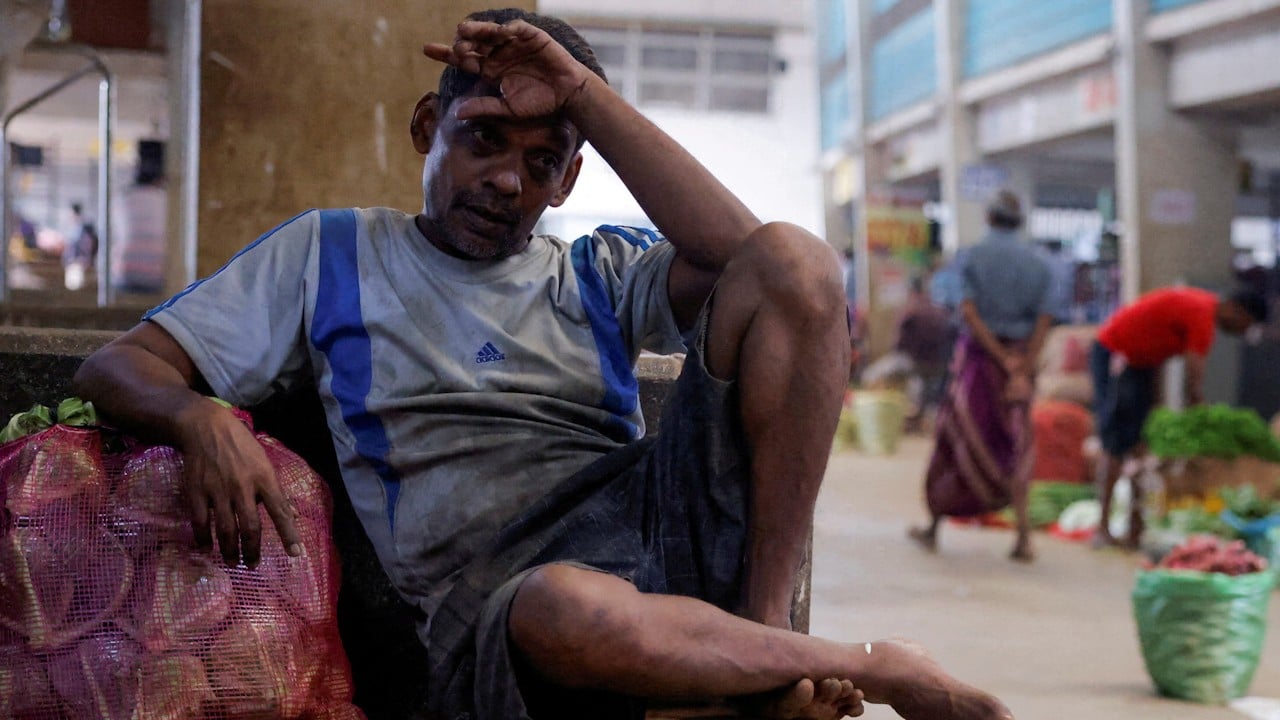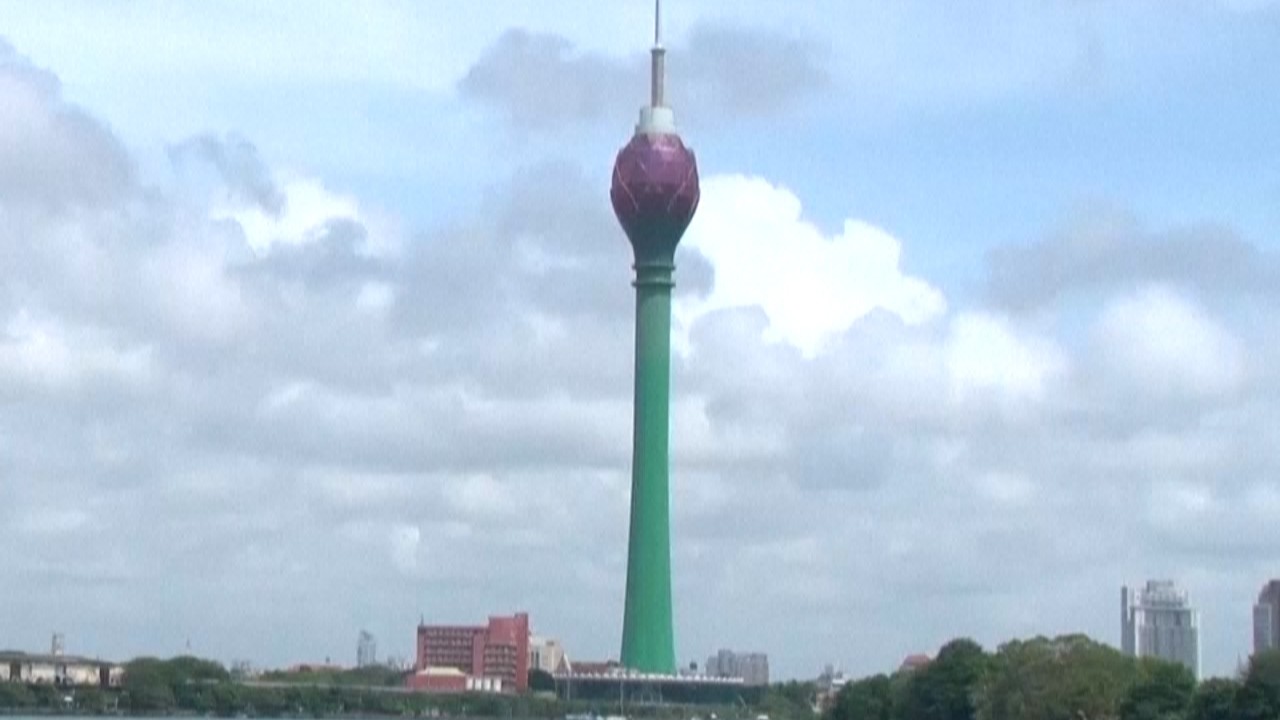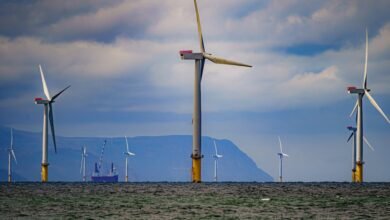Sri Lanka turns to China for more investment help but move unlikely to strain ‘strong’ ties with India, US

The southern seaport of Hambantota was handed to a Chinese state-owned company in 2017 on a 99-year lease for US$1.12 billion, sparking security concerns from Beijing’s regional rival India.
Gunawardena added that China would assist Sri Lanka’s restructuring of external debt, a key condition to maintaining a US$2.9 billion bailout from the International Monetary Fund (IMF).
The Chinese statement said Beijing was willing to “continue supporting its financial institutions to actively negotiate with Sri Lanka”, as well as “play a positive role in the IMF, and assist Sri Lanka in financial relief”.
China is the largest bilateral creditor of Sri Lanka, which declared bankruptcy in 2022 and suspended repayments on some US$83 billion in local and foreign loans after it ran out of foreign reserves.
International relations analyst Shakthi De Silva said Sri Lanka turned to China as Beijing had been its main development partner in both projects.
“Given Sri Lanka’s prevailing economic situation, its ability to acquire foreign economic support for the development of both projects is limited,” he said.
While the economic situation in Sri Lanka has started to gradually improve following its worst economic crisis two years ago, according to the IMF last month, Sri Lankans are said to have lost buying power due to high taxes and currency devaluation.
Unemployment also remains high, as industries that collapsed at the height of the crisis have not yet resumed operations.
While India and Western countries have expressed concerns about China’s presence in Hambantota for years, De Silva said the latest move was unlikely to strain the island’s ties with New Delhi or Washington.
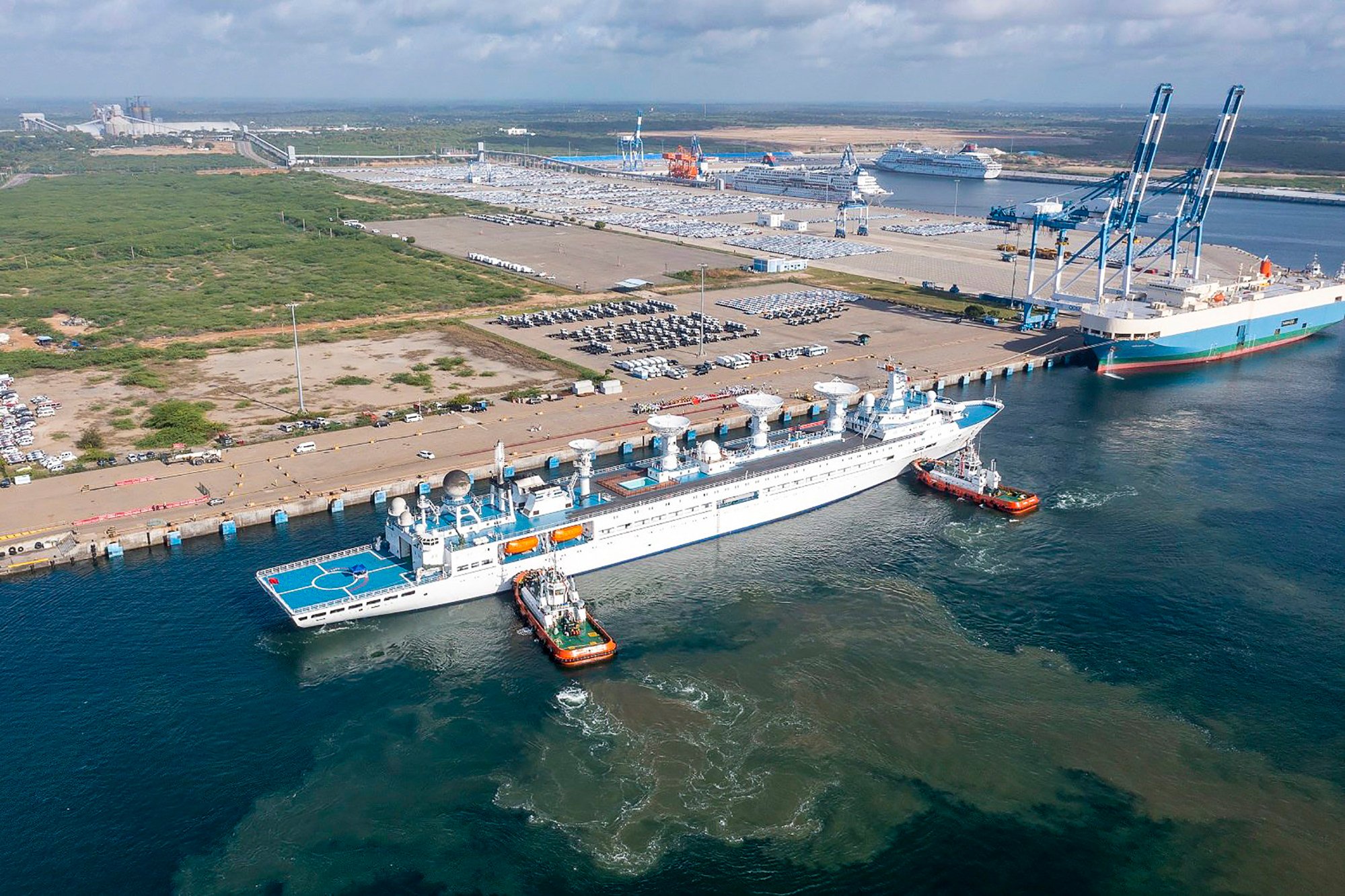
Chinese research vessels have previously docked at Hambantota in southern Sri Lanka, raising India’s concerns about Beijing’s growing influence in the Indian Ocean.
De Silva noted that the US had in February said it would give the Sri Lanka Navy a fourth coastguard cutter – to be used for maritime operations and law enforcement missions – and in November pledged to invest US$553 million to build a new container terminal in Colombo.
“Ties with India are similarly strong, the island should therefore be able to assuage any concerns both states may have,” De Silva said.
During Sri Lanka’s economic crisis, India provided economic and humanitarian assistance of over US$4.5 billion and supported Colombo’s debt-restructuring efforts. India has also invested in the island’s energy and oil refinery projects.
Could Sri Lanka’s trade deal with Thailand help its crisis-stricken economy?
Could Sri Lanka’s trade deal with Thailand help its crisis-stricken economy?
Neil DeVotta, politics and international affairs professor at Wake Forest University in the US, said the offer to further develop the Hambantota Port was part of nine bilateral agreements and could be viewed as a development package.
But since no details on the signed memorandums of understanding were provided, DeVotta said it was unclear if the move was a “win-win investment” or whether it would be more “aligned with Chinese strategic interests at the expense of Sri Lanka”.
“Unfortunately, the construction of the Hambantota Port is yet to benefit people in that region even as it has made Sri Lanka fiscally more vulnerable,” DeVotta said.
The southern seaport of Hambantota was launched by former president Mahinda Rajapaksa, in power for a decade until 2015, who reportedly borrowed heavily from Beijing for projects that many criticised as a debt trap that led to the worst economic crisis in Sri Lanka’s history.
Poverty in the nation doubled between 2021 and 2022, climbing from 13 to 25 per cent, while urban poverty tripled from 5 to 15 per cent, according to the World Bank.
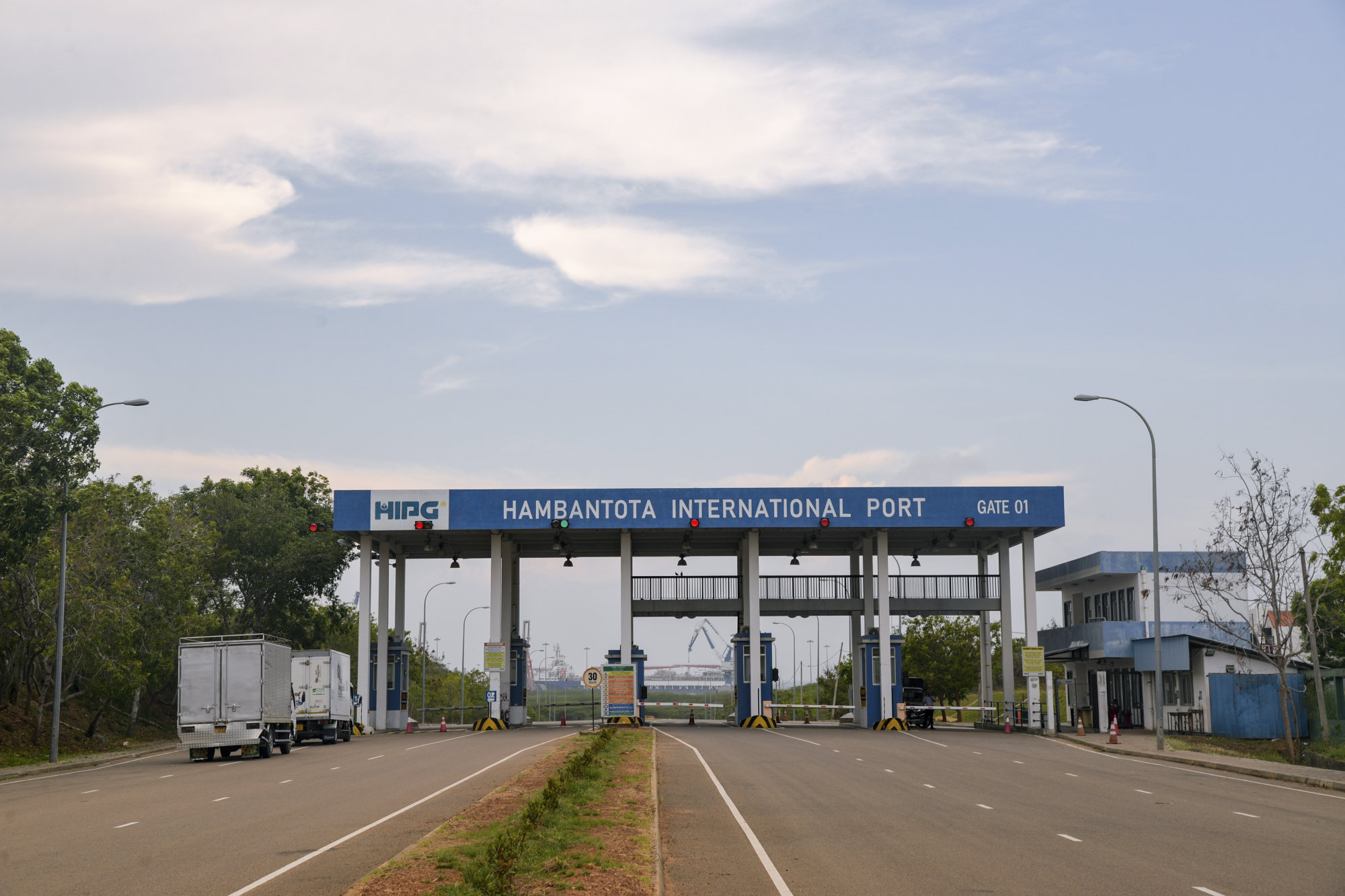
No ‘debt trap’
However, analyst De Silva said allegations of a Chinese debt trap were “put to rest” several years ago.
Noting that the island defaulted in 2022 on its US$46 billion of foreign debt and that a sizeable portion of this was to China, De Silva said accusations that Colombo gave a 99- year lease on the port due to “Chinese coercion or because Sri Lanka was cornered to accept the deal by China has been proven false”.
Citing an IMF report, he noted that as of December 2022, the government owed US$1.633 billion to International Sovereign Bond (ISB) holders, US$338 million to China Development Bank, and US$7 million to other foreign commercial creditors.
Studies done on Sri Lanka’s debt have shown that repayments on dollar-denominated ISBs or Eurobonds borrowed from international capital markets “were more than twice the share of debt to China”, De Silva said.
“Sri Lanka was therefore in a debt trap of its own doing,” De Silva said, adding that Colombo might be reluctant to absorb further loans for developmental projects “if the terms are onerous to the island”, especially in the short to medium term.
“Foreign leaders will also be reluctant to pile onto Sri Lanka’s debt given its fragile economic situation and the potential backlash this may arouse,” De Silva added.
Toshiro Nishizawa, professor at The University of Tokyo’s Graduate School of Public Policy, said Chinese assistance to the airport and port would not be debt-funded but likely be in the form of equity investment by Chinese enterprises with limited government engagement.
An equity investment is money that is invested in a company by purchasing shares of that company in the stock market.
“Therefore, the Chinese proposal is unlikely to result in further debt issues for Colombo,” Nishizawa said.
Source link

